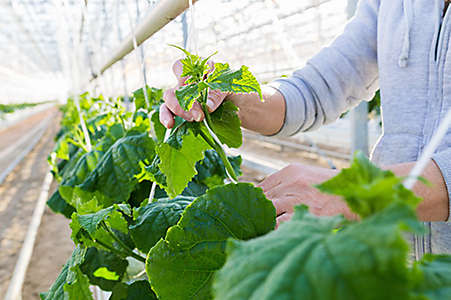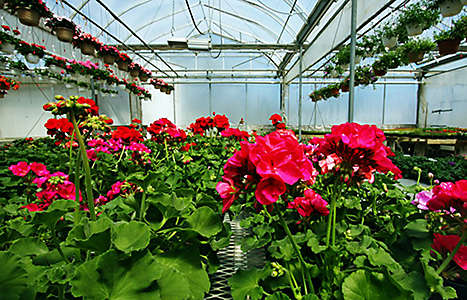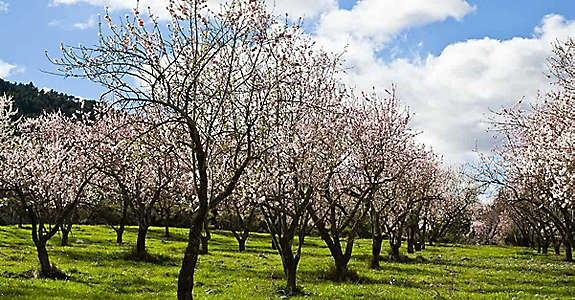Tip 3 - Know your pesticides
Knowing what crop is being sprayed and what pest is being targeted, it’s time to choose your pesticide to fit your specific needs. But, don’t let re-application become an afterthought. If you’re using a pesticide with residual activity, you know that new growth will be susceptible to pests, as the pesticide hasn’t been applied to that part of the crop. If you’re using a systemic approach, remember that pesticides taken up by the plant have a degradation timeline and won’t be fully effective after a while, so re-application is necessary.
How will the pesticide reach your pest?
· By Contact: The simplest form of interaction, contact pesticides must touch the pest to eradicate it. Considerations for contact pesticides include migration timelines (the spray must hit the bug, the bug must be present when you spray) and whether the pest is a strong or weak flyer (and can thus escape contact by flying away).
· Ingestion: These pesticides must be taken into the pest’s system through feeding. Knowledge of the pest’s feeding habits is crucial -does the pest typically eat the leaves, stem, or root of the crop? Special spray considerations must be made to ensure full coverage of the area the pest will ingest.
· Systemic: These pesticides are a subset of ingested pesticides, but instead of being sprayed onto the plant, they are taken up by the plant, and the crop becomes toxic to the pest. The pest then feeds on the crop and dies from the systemic pesticide. Some systemic pesticides can be taken up by the plant all the way into its leaves, while others make it only to the stem, so knowledge of what part of the plant is being ingested is necessary.
· Translaminar: Either a subset of contact or ingestion varieties, these pesticides are sprayed onto a crop and soak through the leaf to create toxicity on both sides of the leaf.
These solve the problem of pests that tend to hide out on the bottom side of the leaves and are thus not reached by standard spray coverage.
Know the pesticide restrictions and limitations. Read and follow the pesticide label directions very carefully for information about:
· Rate restrictions: The label gives directions on how many times the pesticide must be applied for maximum effectiveness. A pesticide expert once summarized: “Just because a little bit works well, doesn’t mean a lot works great.” Pesticide developers have done years of research to determine where the line is.
· Geographical limitations: In fact, some pesticides are banned within a certain area; be aware of where you need to spray and with what.
· Temperature regulations: Indicates what range of temperature the product is most effective within.
· Stage limitations: Pesticide needs to be sprayed within a certain growth stage of the crop and of the pest. Therefore, growers should adhere to this timeline.
Does your pesticide need a little help? Adjuvants are additives that, when mixed with a pesticide, can increase the effectiveness of the product for several reasons.
· Emulsifier: Oil-based concentrate pest control foliar sprays require an emulsifying agent to mix the oil with water at dilution, helping to mix the two immiscible compounds together and ensuring the even distribution of the product throughout the plant.
· pH Buffer: is an additive that changes the pH of the pesticide solution; often the water used to mix, or dilute pesticides is too alkaline, lowering the absorption rate of the product. A buffer can correct this.
· Stickers: are adjuvants that can increase the “stickiness” of a product, causing it to remain on the crop for longer, and thus be better absorbed.
· Wetting agents: are adjuvant that breaks the surface tension of a liquid; if your crop has waxy leaves, you’re likely familiar with the big drops of liquid that form and collect on the leaves, causing inferior coverage. A wetting agent can force those droplets into smaller droplets, increasing coverage and effectiveness.





